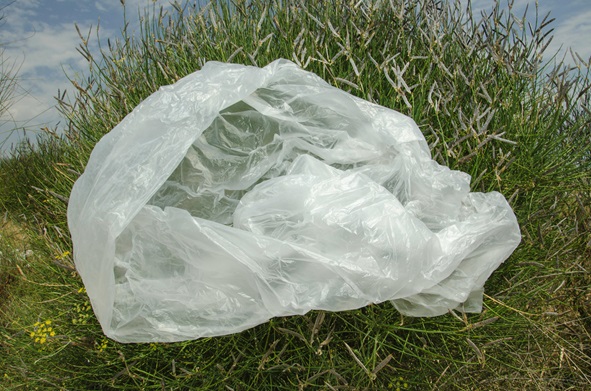According to a recent report by Lambton College, not all degradable plastics behave the same way once they enter the environment. Oxo-degradable plastics simply break apart into smaller and smaller fragments, creating persistent microplastics that remain in soil and oceans for decades. These microplastics are not biodegradable and can harm marine life and contaminate the food chain.
Oxo-biodegradable plastics on the other hand, are engineered differently. They are designed to break down in two distinct stages: first, they undergo oxidation, which weakens the plastic and reduces its molecular weight; then, microorganisms such as bacteria and fungi feed on the degraded material, turning it into water, carbon dioxide, and biomass. Unlike oxo-degradable plastics, oxo-biodegradable plastics do not leave behind harmful microplastic residues.
The Lambton College findings are supported by decades of research and real-world testing, which show that oxo-biodegradable technology offers a scientifically proven way to reduce the persistence of plastic in the environment, while still allowing the plastic to be recycled during its useful life.

